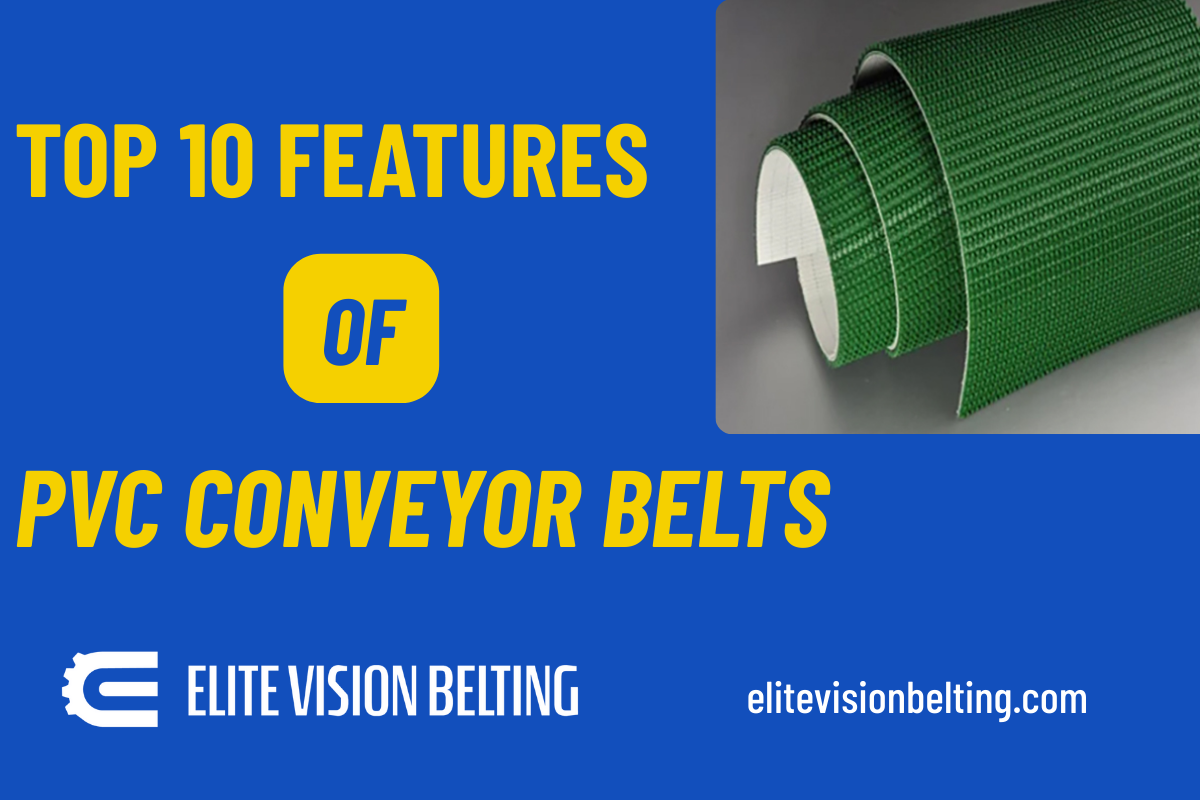Pharmaceutical manufacturing demands the highest safety standards. Every component in the process is critical. Conveyor belts are often overlooked but vital.
They move sensitive products through production lines. Ensuring their safety is paramount for patient well-being.
This blog explores their crucial role. We highlight key aspects of their design and function.
The Significance of FDA Approval
FDA approved conveyor belts for pharmaceuticals are not just ordinary belts. They undergo rigorous testing and evaluation. This approval signifies compliance with strict regulations.
These regulations cover materials, design, and performance. Using unapproved belts poses significant risks. Contamination could easily occur.
Product integrity would be compromised. Patient health could be jeopardized severely. Therefore, FDA approved conveyor belts for pharmaceuticals are a non-negotiable requirement.
They provide a foundational layer of trust. Manufacturers must prioritize this certification. It ensures adherence to good manufacturing practices.
Upholding Pharmaceutical Conveyor Belt Safety Standards
Adhering to Pharmaceutical conveyor belt safety standards is essential. These standards dictate material composition. They also govern surface finishes and cleaning protocols.
Belts must withstand harsh cleaning agents. They cannot degrade or leach chemicals. Smooth, non-porous surfaces prevent microbial growth. Rounded edges reduce particle accumulation.
These design elements are not optional. They are integral to safe operation. Regular inspections enforce these standards. Calibration checks ensure consistent performance.
Proper documentation verifies compliance history. Training personnel on safety protocols is crucial. Every step maintains product purity. Ignoring these standards invites disaster.
Designing Hygienic Conveyor Systems for Pharma Manufacturing
Hygienic conveyor systems for pharma manufacturing are purpose-built. Their design minimizes potential contamination points. Open frame designs allow for easy cleaning. Sloped surfaces prevent liquid pooling.
Components are often modular for disassembly. This facilitates thorough sterilization procedures. Materials like stainless steel are common. They resist corrosion and bacterial adhesion.
Special coatings further enhance hygiene. These systems are designed for swift sanitation. Downtime for cleaning is minimized.
This improves overall operational efficiency. Preventing cross-contamination is a key goal. Every design choice supports this objective.
Implementing Cleanroom Conveyor Belt Solutions
Cleanrooms present unique challenges for conveyors. Cleanroom conveyor belt solutions address these specific needs.
They are designed to produce minimal particulate matter. Low-friction materials reduce wear and tear. Enclosed systems protect products from the environment.
HEPA filters often integrate into the design. Airflow patterns are carefully managed. These belts operate in controlled environments. They prevent airborne contaminants from settling.
Static electricity buildup is also mitigated. This stops dust attraction. Special lubricants are used, if any.
They must not off-gas harmful vapors. Maintaining cleanroom integrity is vital. These solutions are highly specialized.
Strategies for Contamination Prevention in Pharma Conveyor Belts
Contamination prevention in pharma conveyor belts is a multi-faceted effort. It begins with material selection. Belts must be non-shedding and inert. Regular, validated cleaning procedures are critical.
Automated cleaning-in-place (CIP) systems are common. These systems ensure consistent sanitation. Monitoring environmental conditions is also important. Temperature and humidity affect microbial growth.
Air quality checks are performed routinely. Personnel training on aseptic techniques is continuous. Protective coverings are used when necessary. These layers add an extra barrier.
UV sterilization can also be employed. This destroys surface microorganisms. Strict maintenance schedules prevent wear. Worn parts can harbor contaminants. Comprehensive strategies are always in place.
Material Selection and Maintenance Practices
The choice of materials is paramount. Food-grade and pharmaceutical-grade plastics are common. Urethane and silicone are frequently utilized. These materials are non-toxic.
They do not react with pharmaceutical products. Their smooth surfaces are easy to clean. They also resist chemical degradation. Regular maintenance extends belt lifespan. It also ensures ongoing safety.
Worn or damaged belts must be replaced promptly. Cracks can harbor bacteria. Fraying edges can shed particles. Preventive maintenance schedules are implemented. Technicians follow strict protocols.
They use approved cleaning agents. Validation of cleaning processes is mandatory. This confirms effectiveness.
The Future of Pharma Conveyor Technology
Innovation continues in conveyor belt technology. Smart sensors are being integrated. They monitor belt integrity in real-time. Predictive maintenance is becoming more common.
This reduces unexpected breakdowns. Advanced materials are also under development. These offer even greater hygiene properties. Robotics is enhancing handling precision. This minimizes human intervention.
Automation further reduces contamination risks. The industry is constantly evolving. The focus remains on safety. New technologies will further enhance compliance.
They will ensure even higher product quality. This benefits manufacturers and patients alike.
Conclusion
FDA approved conveyor belts for pharmaceuticals are indispensable assets. They are central to safe drug manufacturing. Adhering to Pharmaceutical conveyor belt safety standards is crucial. Designing Hygienic conveyor systems for pharma manufacturing protects products.
Implementing Cleanroom conveyor belt solutions maintains sterile environments. Focusing on Contamination prevention in pharma conveyor belts safeguards public health. These specialized systems are more than just transport. They are guardians of pharmaceutical integrity.
Their role in patient safety cannot be overstated. Manufacturers must invest wisely in them. This ensures a healthier future for everyone.
Explore a full range at Elite Vision Belting of pharma-approved conveyor belts.

.png)
.png)

.jpg)
